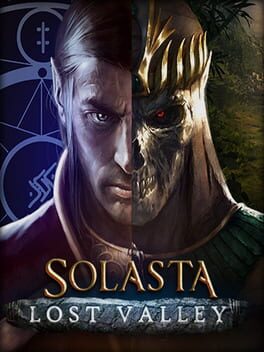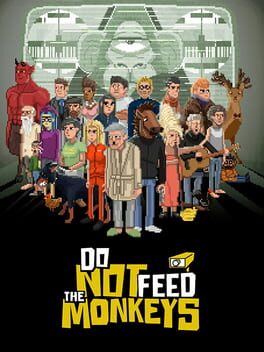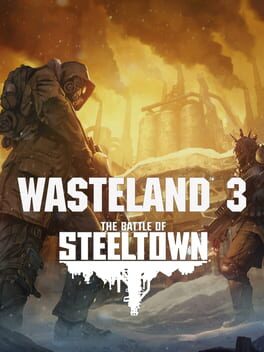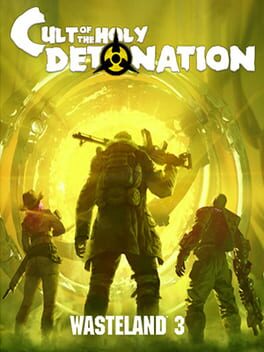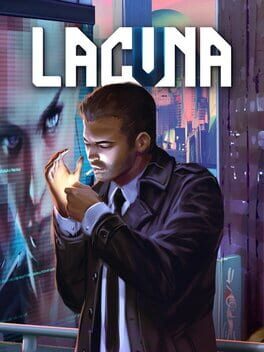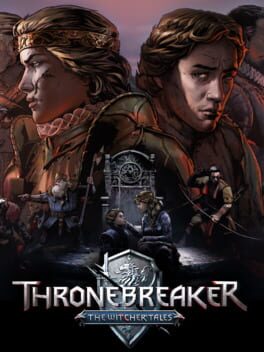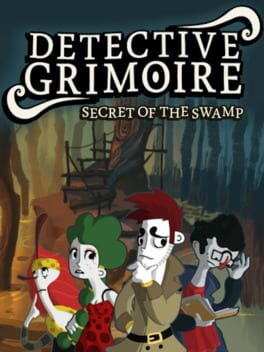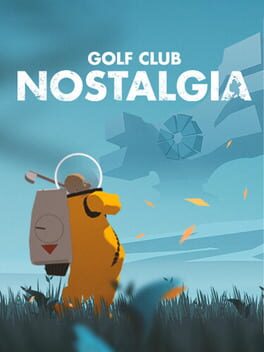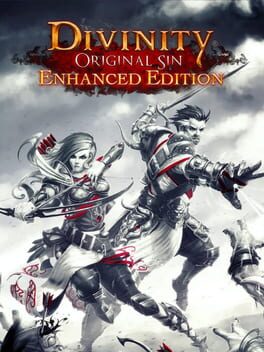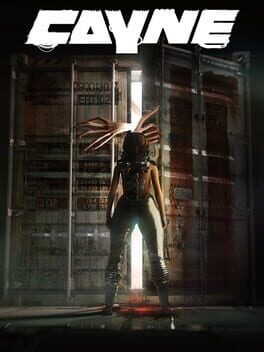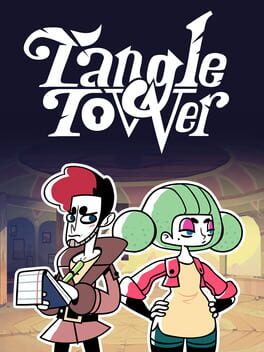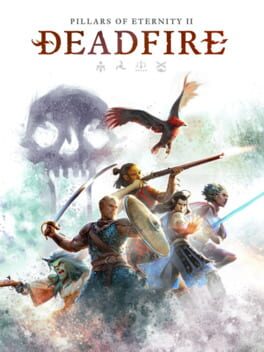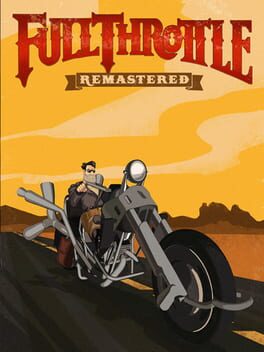diaugupul
Really liked it, and it's tremendous value (I did every side quest I could until I had to choose one path and it was around 30 hours). To be completely honest, I was somehow even less invested in the story than in the main campaign but it didn't matter, the combat and gameplay loop was so much fun. I appreciate that they tried to do something new, with some bigger areas to explore and overall the feeling that you're in a world instead of the whole world revolving around you. The factions don't have particularly memorable writing but doing little jobs for them fits better with the strengths of Solasta. Shame they couldn't land the ending. It felt janky and way too abrupt. Even months after its release, it doesn't work properly and you might get the wrong variation for some unknown reason.
I went back to play the two DLCs one year after finishing the game and I instantly remembered why I loved Wasteland 3 in the first place. This has the same funny, zany writing, with just the right balance of crazy lore and real world issues. I took the pacific route, and while I admit that it wasn’t as fun as going guns blazing, it let me approach the situation with the empathy and rationale I thought it demanded. There are multiple endings and different ways to reach them, and that’s not always the case for a short DLC like this. There’s also a lot of references to things you might’ve done in the main campaign or even in previous games — inXile continue to prove why they’re the kings of reactivity with this DLC, and I’m very excited to dive into the next soon.
Another pretty good DLC from Wasteland 3. This one feels more like an expansion, because it introduces very different mechanics and a bizarre microcosmos. The overall story was less interesting than Steeltown but the setting and new gameplay made up for it. I can see why it could become tedious or frustrating at higher difficulties but I enjoyed the tactic challenge.
2021
The game really shines in its presentation. The pixel art is beautiful but the star is the attention to detail, the post processing, the music and sound effects… Besides that, it’s just okay. The story was a bit dull and predictable, and none of the characters particularly grabbed me. Still, it’s a decent mood piece with a lot of cool details poured into it. (I found the controls weird, requiring keyboard for movement and interaction — I understand what they were going for but I would’ve preferred to play it mouse only)
This blew me away. The amount of “game” this has is honestly very surprising. They chose an interesting but overlooked character from the books and developed an epic tale that you play… with cards. Like, what? But it works! And then, somehow, successfully recreated the open world RPG feel of the Witcher games with an isometric view and a very limited amount of interactions. It’s a great accomplishment.
It’s weird to feel like an AAA game is a work of passion, not because there aren’t passionate devs working on those but because of the scope and financial pressure those projects have. Thronebreaker is absolutely a passion project with great writing, amazing art and a lot of attention to detail. Loved it!
It’s weird to feel like an AAA game is a work of passion, not because there aren’t passionate devs working on those but because of the scope and financial pressure those projects have. Thronebreaker is absolutely a passion project with great writing, amazing art and a lot of attention to detail. Loved it!
2018
I'm probably especially bad at this because of my admittedly bad spatial intelligence but I missed some glaring features that would've made the gameplay more tolerable, mainly a way to see the trajectory/arc of your previous swing to adjust a new one and the ability to undo your last move, probably limited to one or two times per level. Without these, I had to switch to story mode and it let me enjoy the atmosphere and, especially, the radio - an amazing idea greatly executed, with top notch sound design and music.
I’ve beat Divinity: Original Sin 2 twice before playing this game, and that has definitely influenced my experience — but not in the way I expected. I thought I was going to be frustrated by the lack of certain improvements found in the sequel or overall less interested in the world after spending 200 hours in it in the last few years. But it was actually the opposite. Having the benefit of playing the Enhanced Edition many years after the original release date, I found DOS1 to be surprisingly polished and friendly. Almost everything I loved from the sequel was here, albeit different. I even preferred some aspects here, like combat, which is less complex but also less chaotic and more immediate (the armor system of the sequel is a choice). The story also benefited from the narrower focus. It doesn’t have huge twists but it’s intriguing and engaging, with memorable characters and a neat Homestead you can come back to after lengthy quests for a bit of a breather.
Overall, I found DOS1 an essential play for DOS2 fans — not because it’s necessary to understand or enjoy the sequel (it’s actually the opposite), but because it’s just as good. Play it before, after, it doesn’t matter — but play it!
Overall, I found DOS1 an essential play for DOS2 fans — not because it’s necessary to understand or enjoy the sequel (it’s actually the opposite), but because it’s just as good. Play it before, after, it doesn’t matter — but play it!
Great conclusion to the series. It has the best aspects of every previous game and expands on them. It's clearly the most ambitious Blackwell game and the most polished, with amazing pixel art and immersive soundtrack and sound design. The ending was quite a surprise but very fitting for the characters and their journey. Worth the ride.
2017
It’s free so I recommend playing it if you enjoyed Stasis or usually like point-and-click adventure games. Having said that, I thought that Cayne was a bit of a downgrade compared to Stasis in almost every aspect except graphics quality. The world feels a bit more cartooney, the characters are charicatures most of the time and there are more moonlight logic puzzles with annoying backtracking. Still, an enjoyable experience but I'm not sure I'd given Stasis a chance if I had played Cayne first.
2019
Arguably the most beautiful isometric-ish games ever. The lighting is stunning, the maps are filled with details, animations and interesting objects and characters. I wanted to take screenshots of every single location. Even a dark cave looks interesting thanks to the dynamic lighting (Xoti’s lantern is a great showcase for that).
Deadfire is also a big step up in terms of the overworld map. I quite liked the stronghold mechanics of the first game but the fantasy of having your own ship and crew and just explore a whole region is undeniable.
In terms of story, the main quest is clearly an afterthought compared to the factions and side quests the game offers. It’s also different in mood and tone, and whichever you prefer depends on the type of player you are.
So, overall, a great sequel that looks amazing, and trades moodiness and a very complex main quest for freedom and exploration. A mustplay for CRPG fans, for sure.
Deadfire is also a big step up in terms of the overworld map. I quite liked the stronghold mechanics of the first game but the fantasy of having your own ship and crew and just explore a whole region is undeniable.
In terms of story, the main quest is clearly an afterthought compared to the factions and side quests the game offers. It’s also different in mood and tone, and whichever you prefer depends on the type of player you are.
So, overall, a great sequel that looks amazing, and trades moodiness and a very complex main quest for freedom and exploration. A mustplay for CRPG fans, for sure.
2019
